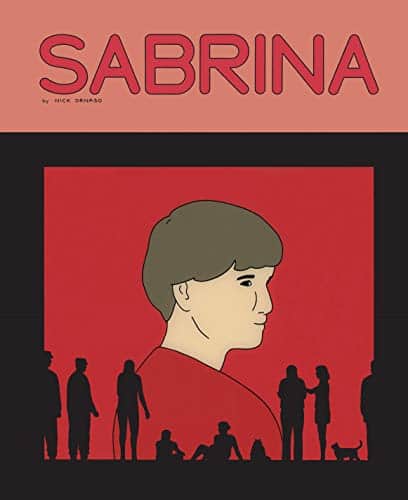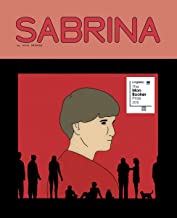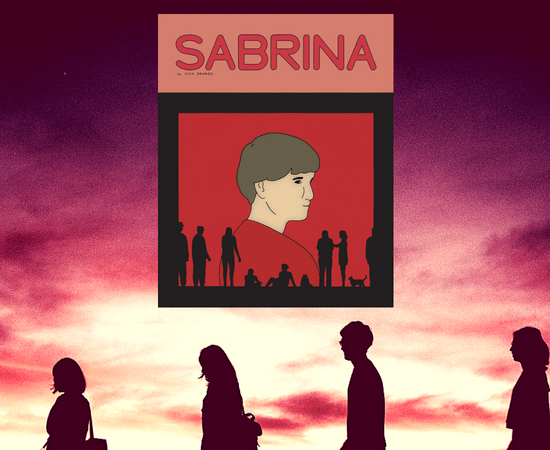Sabrina by Nick Drnaso
It’s the story of a young woman’s murder, and how the crime and its aftermath rock the fragile lives of those who knew her. Not necessarily an unusually rare storyline.
 Yet for Nick Drnaso’s Sabrina (Drawn and Quarterly), there is something totally unique: it takes its place as the first graphic novel (or comic, as its author calls it) ever been nominated for the Man Booker Prize, the leading literary award for works in English.
Yet for Nick Drnaso’s Sabrina (Drawn and Quarterly), there is something totally unique: it takes its place as the first graphic novel (or comic, as its author calls it) ever been nominated for the Man Booker Prize, the leading literary award for works in English.
Among a growing number of graphic novels with increasingly dark themes, Sabrina is now in the running for honors rivaling the 1992 Pulitzer Prize of Maus, the graphic novel about the Holocaust that depicted Nazis as cats and Jews as mice.
Since Maus, noted others with serious topics include Persepolis, an autobiographical account of Iran’s Islamic Revolution, and March, a black and white trilogy about the Civil Rights Movement. Just this year, graphic novels have portrayed the anxieties of an undocumented immigrant in Europe (The Strange); the Weimar Republic (Berlin Book Three: City of Light); toxic masculinity (Home After Dark); and teenage alienation (Passing for Human).
Sabrina is about a young woman’s murder and its aftereffects. After Sabrina disappears, her boyfriend, Teddy, comes to stay with a childhood friend, Calvin. Teddy is an aimless, jobless, lost soul. Calvin, in the middle of a divorce, reports daily to an Air Force base where he monitors international security from a room of computers.
Sabrina’s murder is discovered, and a graphic video of it is leaked, setting off rabid text messages, and on-line vitriol from conspiracy theorists. A radio talk show host blames Sabrina’s murder on the secret, shadow government (and school shootings on globalists). With pale, spare images, the book invokes the daily fear and loathing of living with things that lurk behind lit screens.
Drnaso’s first graphic novel, Beverly, depicted the desperation and anxieties of suburban teens, and received the category’s Los  Angeles Times Book Prize last year.
Angeles Times Book Prize last year.
The following 12 novels are also on the long list for the 2018 Booker Prize:
Snap by Belinda Bauer; “Home Alone” as a scary thriller of a crime novel.
Milkman by Anna Burns; existential dread during The Troubles of Northern Ireland.
Washington Black by Esi Edugyan; a Barbados slave escapes in a winged machine invented by his master.
In Our Mad and Furious City by Guy Gunaratne; a soldier’s killing sets off radicalism and racism in a London housing estate.
Everything Under by Daisy Johnson; reunited after 16 years, a mother and daughter share their (allegorical) stories.
The Mars Room by Rachel Kushner; life on death row in a California women’s prison.
The Water Cure by Sophie Mackintosh; familial dystopia on a remote island.
Warlight by Michael Ondaatje; a boy’s wartime London and his parents’ double lives.
The Overstory by Richard Powers; nature, trees and a family saga.
The Long Take by Robin Robertson; a D-Day veteran’s noir America, told in verse and prose.
Normal People by Sally Rooney; the friendship of two Dublin co-eds crashes into adulthood.
From a Low and Quiet Sea by Donal Ryan; a Syrian refugee, a broken hearted caregiver, and a dishonest accountant converge.
Buy this Book!
Amazon





